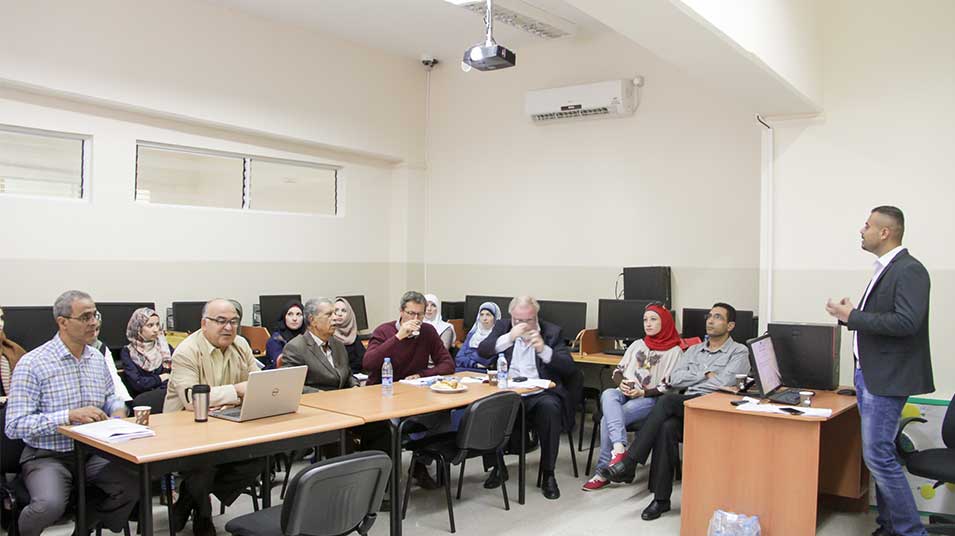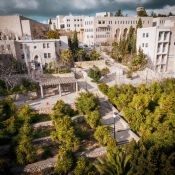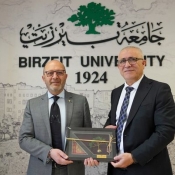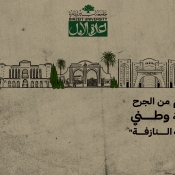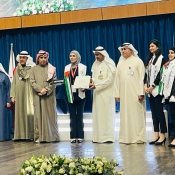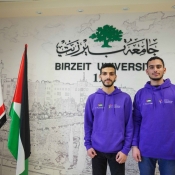BZU hosts student workshop on urban transformations
Birzeit University, in cooperation with the University of Bergen and the Norwegian Agency for Development Cooperation (Norad), hosted the third workshop of the Urban Transformation in the Southern Levant Project on October 8 and 9. The two-day workshop featured Ph.D. and masters’ student presentations on the rapid urban transformation underway in the Levant.
Starting on October 8, the workshop’s first day featured Ph.D. candidate presentations, under the supervision of Dr. Kamal Abdulfattah. The presentations ranged from a dissertation on the mechanisms of power and resistance in Shu’fat refugee camp in Jerusalem, by Halima Abu Haniya, to a study of the nascent relationship between Palestinian traders and China and its effects, by Basel Rayyan.
While the presentations revolved around Palestine and its urban dynamics, some presentations focused on the broader Levantine region, including Jordan, with a presentation on the transformations in the social and economic factors that has shaped the neighborhoods of Amman, by Arij Daghra, and another on the sustainability of ecological services in Amman, by Rami Musa.
The second day of the workshop featured masters’ student presentations, under the guidance of Dr. Ahmad Abu Hammad. The presentations also covered a wide variety of topics relevant to the dynamics of urban transformation in Palestine. One of those presentations, by masters’ student Mohammad Folyyan, addressed the urban transformation in Al-Bireh, and its effects on local emergency service systems.
The presentation, said Mr. Folayyan, represented an attempt to “probe the current status of emergency services in Al-Bireh, and whether it managed to keep up with the increased urban expansion that this city has experienced in recent years.” He added, “we are trying to pinpoint the nature of the relationship between the explosion in population increase and the quality and quantity of emergency services provided, and with this comes a whole host of other questions, such as: Are the tools used by emergency services crews suitable for the unique buildings in Al-Bireh? What is the response time and nature of the services provided? And does it comply with international standards?”
Mr. Folayyan’s presentation was one among a group of other standout presentations that tackled the rise of urbanization across the West Bank, such as the study on changes in progress in Kufr ‘Aqab, by Qamar Hamayel, and a review of internal migration in the city of Nablus, by Sajeda Muhsin.
Each of the presentations concluded with a short discussion of the findings, and a wrap up session took place at the end of the workshop as a way to draw some general conclusions and provide an overview of the main points of the workshop.

